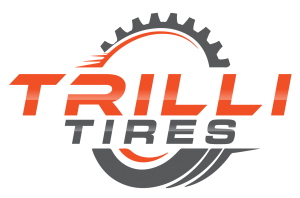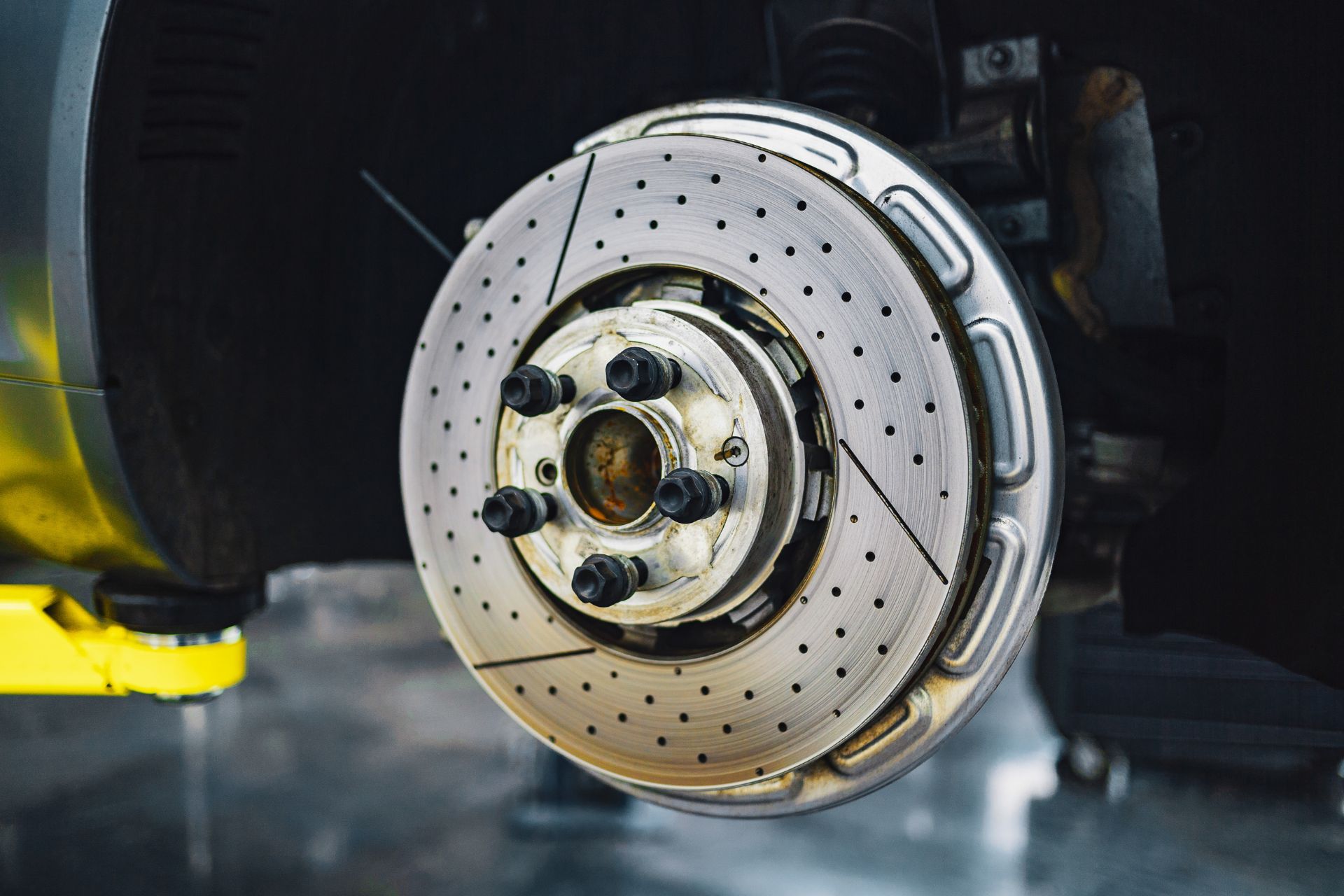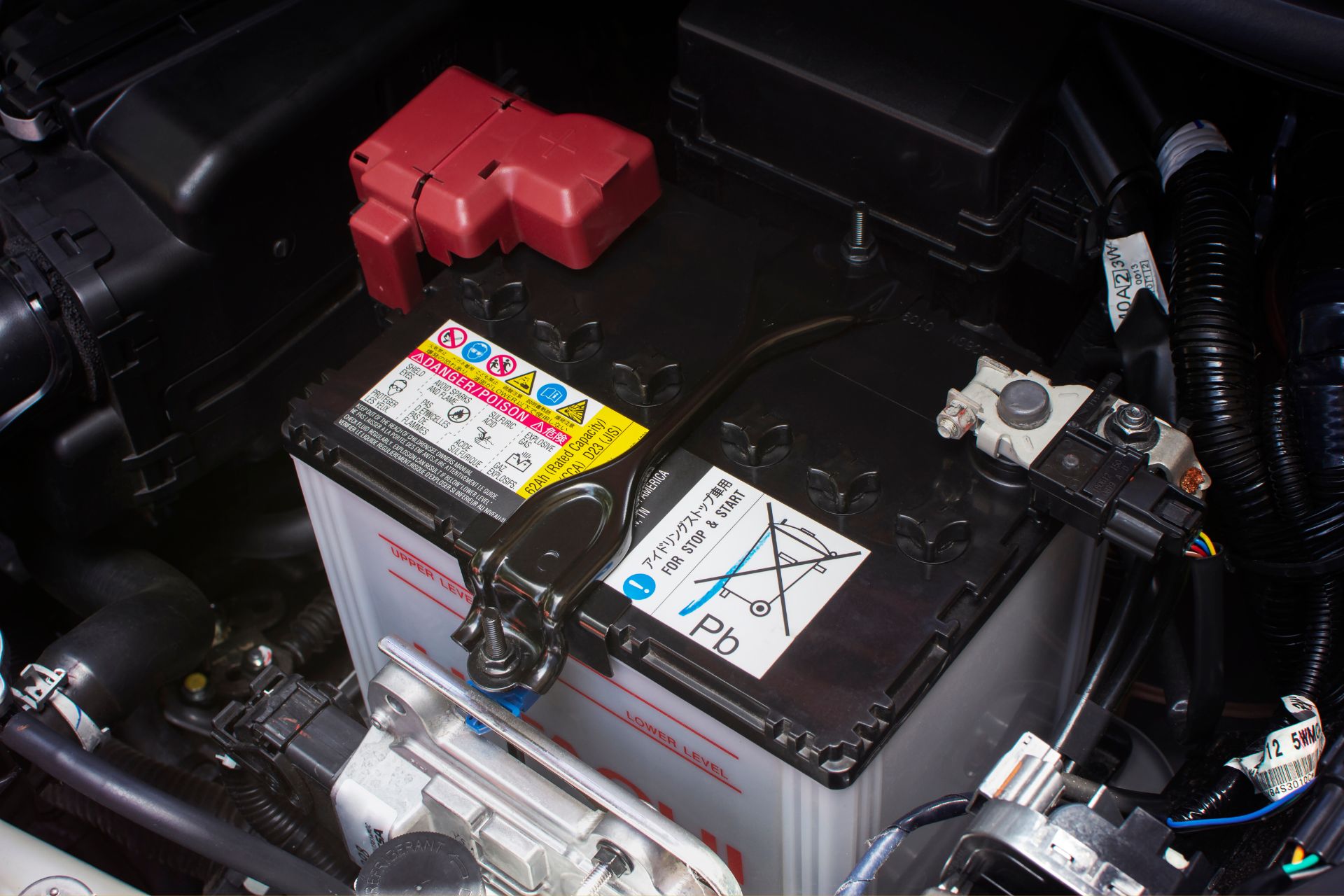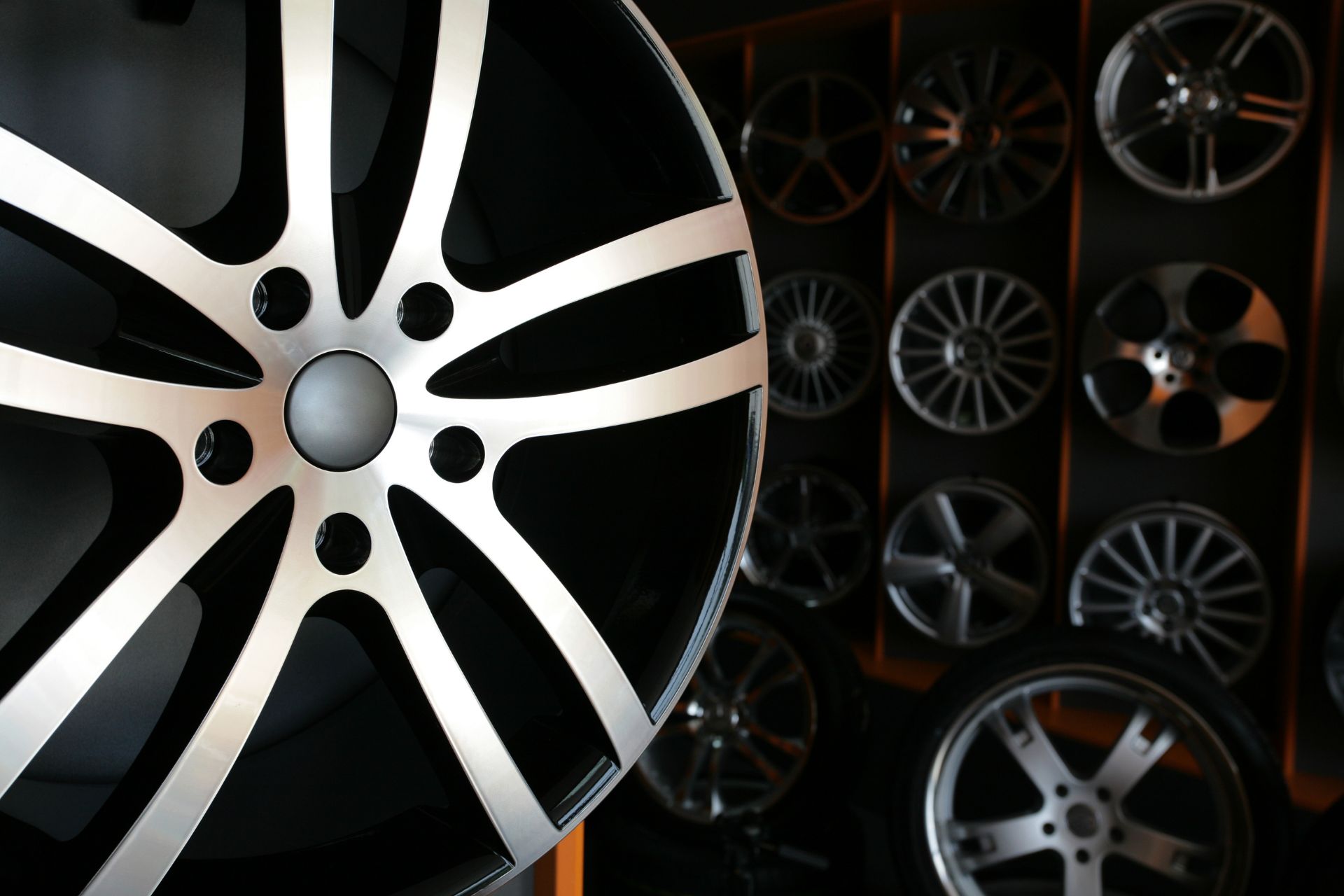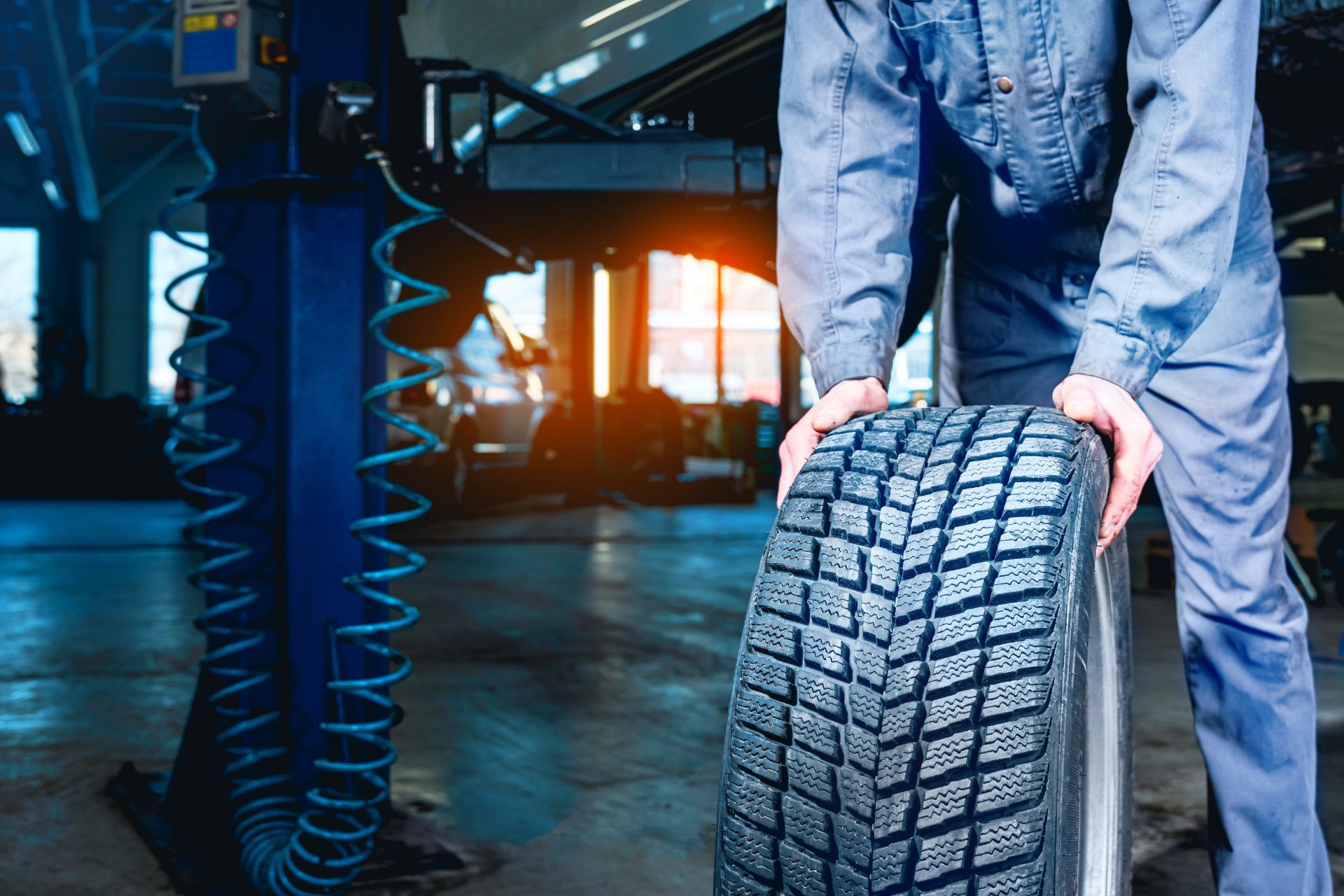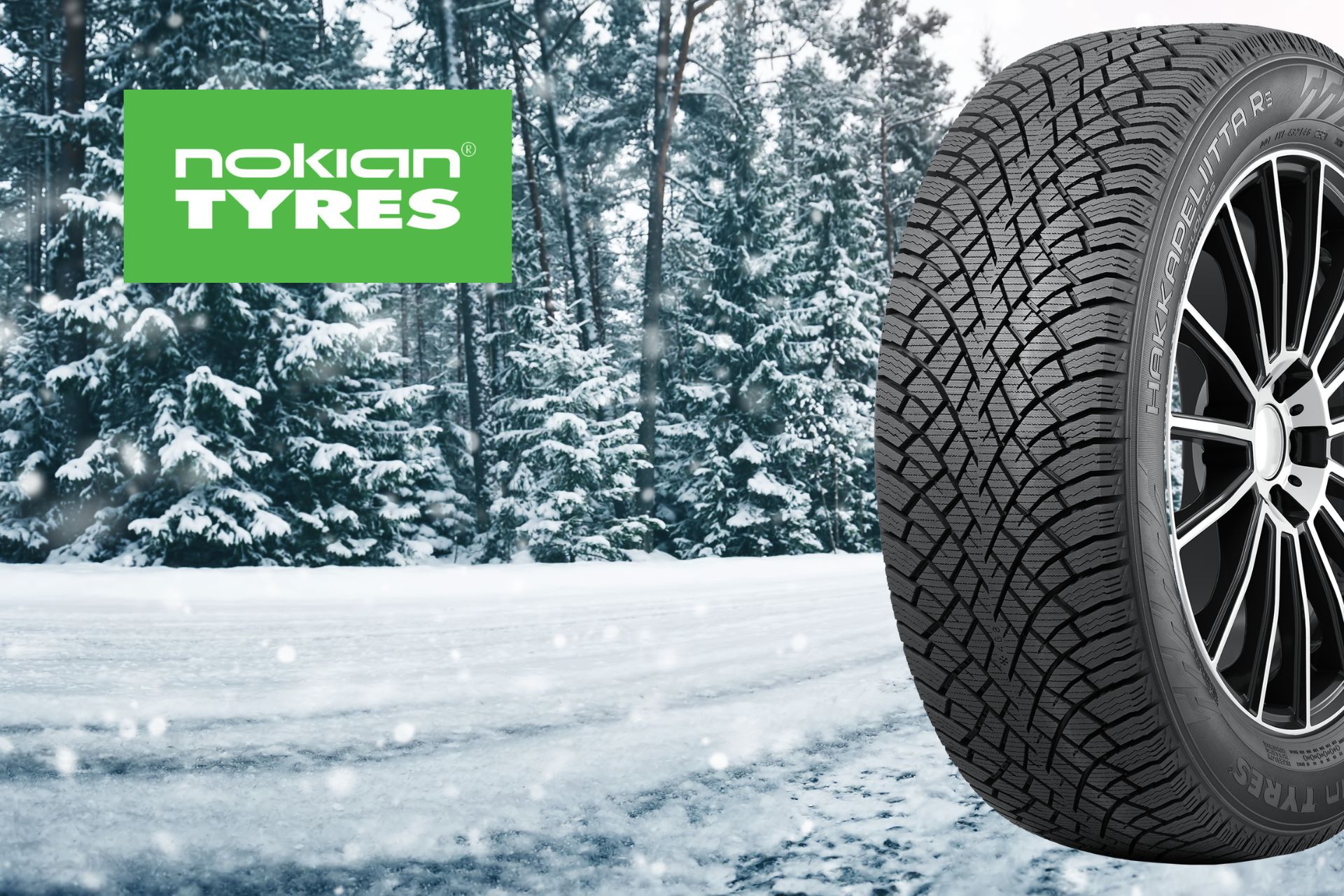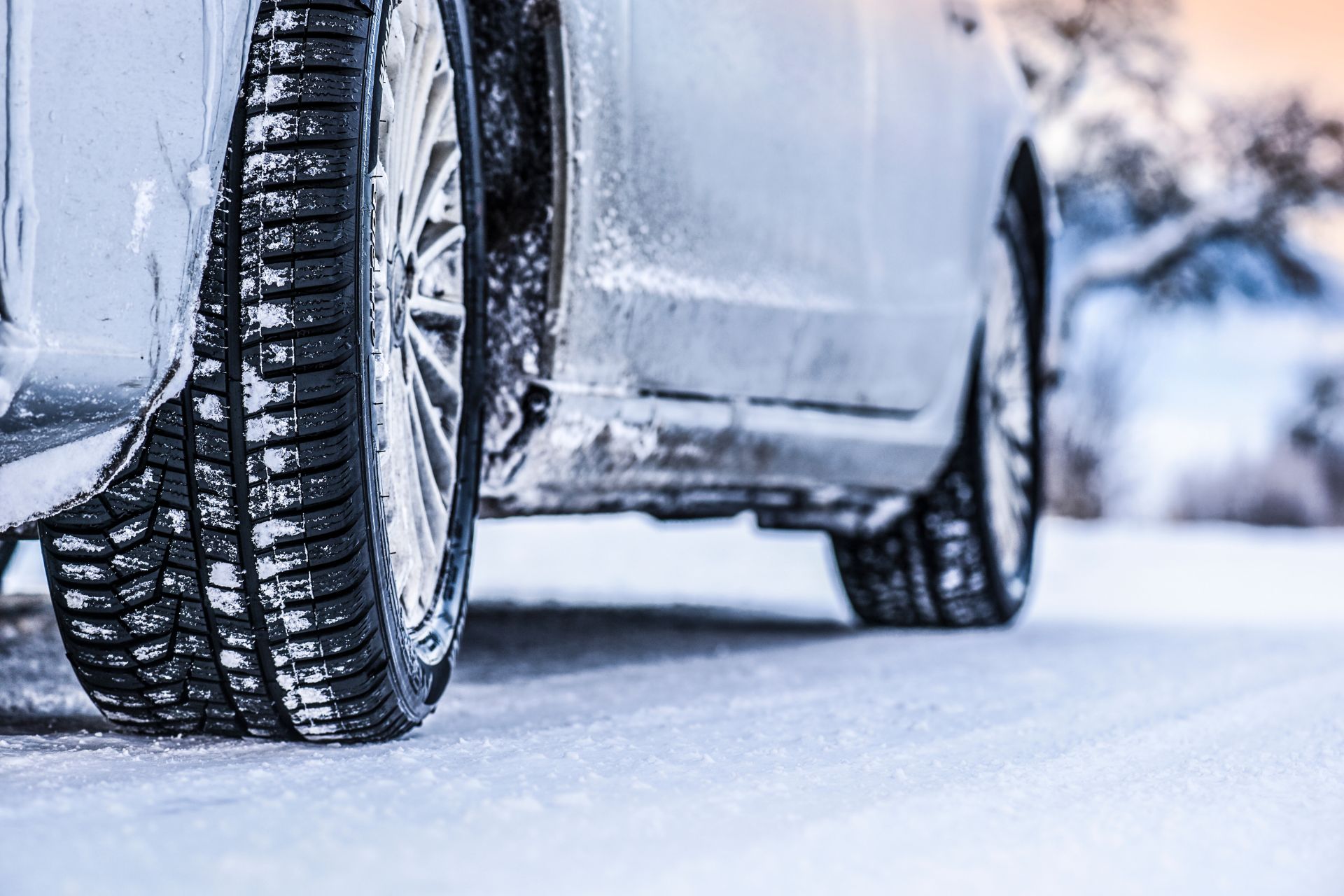Every time you press the brake pedal, a symphony of mechanical processes comes to life, ensuring your vehicle grinds to a halt safely. In this comprehensive exploration, we unravel the intricate science behind car brakes, delving into the mechanisms that keep us in control on the roads.
1. Understanding Brake Basics
At the heart of every car’s braking system lies a simple concept – converting kinetic energy into heat. As your foot engages the brake pedal, a series of components work together to slow down the wheels and bring your vehicle to a stop.
2. Brake Components
a. Brake Pads: These crucial elements press against the brake disc, generating friction to slow down the wheel’s rotation. b. Brake Discs (Rotors): Typically made of cast iron or composite materials, brake discs dissipate the heat generated during braking. c. Callipers: Housed around the brake discs, callipers contain the brake pads and initiate the braking process when the pedal is pressed.
3. Friction, Heat, and Stopping Power
The science of car brakes hinges on the principle of friction. When the brake pedal is depressed, the brake pads make contact with the brake discs, generating immense friction. This friction transforms kinetic energy into heat, gradually bringing the vehicle to a controlled stop.
4. Hydraulic Systems
Modern cars utilize hydraulic systems to transmit force from the brake pedal to the brake components. Brake fluid, housed in a master cylinder, transmits the pressure applied to the pedal to the brake callipers, initiating the braking process.
5. ABS (Anti-Lock Braking System)
Introduced to enhance safety, ABS prevents wheel lock-up during hard braking. Sensors detect wheel speed, and the system modulates brake pressure, ensuring the wheels maintain traction with the road. This innovation significantly reduces the risk of skidding, especially in slippery conditions.
6. Disc Brakes vs. Drum Brakes
a. Disc Brakes: Common in modern vehicles, disc brakes offer better heat dissipation, reducing the risk of brake fade. b. Drum Brakes: Found in older models, drum brakes are simpler but tend to generate more heat. They are still prevalent in certain vehicle configurations.
7. Brake Fluid and Maintenance
Brake fluid plays a crucial role in maintaining the hydraulic system’s integrity. Regular checks and timely fluid replacement are essential to ensure optimal brake performance and longevity.
8. Brake Fade
Excessive heat can lead to brake fade, diminishing stopping power. Quality brake materials and proper ventilation are essential to combat fade and ensure consistent performance.
9. Environmental Impact
The science behind car brakes extends to environmental considerations. Asbestos-free brake pads, regenerative braking systems in electric vehicles, and innovations in brake materials contribute to reducing the ecological footprint of braking systems.
10. Upgrading Brake Systems
Performance enthusiasts often explore brake upgrades for enhanced stopping power. Upgraded materials, larger discs, and improved callipers can transform the braking experience, especially in high-performance vehicles.
Final Words
From the humble brake pad to the complexities of ABS, the science of car brakes is a fascinating journey into the mechanics that ensure our safety on the roads. Understanding these components not only enhances our appreciation for automotive engineering but also underscores the importance of regular brake maintenance.
Take Control with TrilliTires in Richmond Hill
Ensure your vehicle’s safety with TrilliTires in Richmond Hill. Our expert technicians provide comprehensive brake services and upgrades to keep your braking system in top-notch condition. Visit us at TrilliTires.com or drop by our Richmond Hill location for a brake inspection today.
